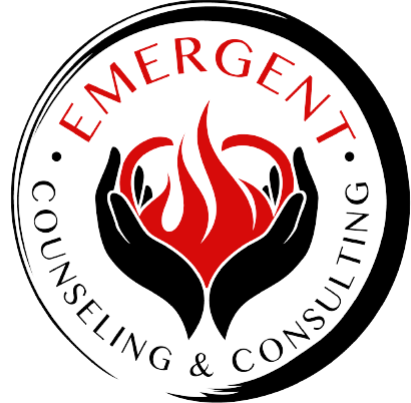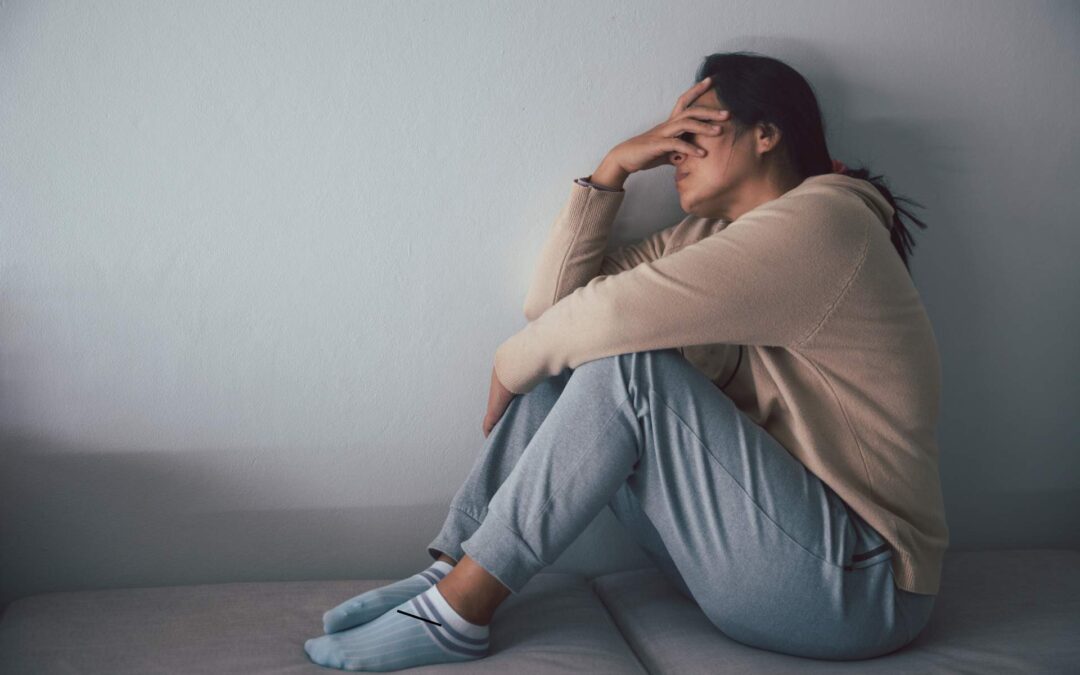Depression is often described as a silent struggle, a battle that rages beneath the surface of our seemingly normal lives. It’s an invisible illness, one that can be hidden behind a mask of productivity and resilience, making it difficult for others to see the depth of our pain. But what does depression really feel like? How does it impact our daily lives, and most importantly, how can we find our way out of this darkness?
In this blog, we’ll explore the invisible nature of depression, its effects on our lives, and how therapy can be a powerful tool in navigating this complex journey.
The Invisible Nature of Depression
Depression is not just about feeling sad; it’s a multifaceted condition that affects every aspect of our lives. It can manifest in different ways, from the more obvious symptoms like persistent sadness and loss of interest in activities, to the less visible signs such as fatigue, irritability, and changes in appetite or sleep patterns.
Why It’s Invisible:
- High Functioning Depression: Some people with depression can appear to be functioning normally, even excelling in their roles, while secretly struggling with symptoms like mood swings, self-esteem issues, and lack of energy.
- Hidden Depression: This form of depression is characterized by physical complaints or behavioral changes rather than overt emotional symptoms, making it hard to recognize both for the individual and those around them.
What Does Depression Feel Like?
Living with depression can feel like being trapped in a never-ending storm. Here are some personal insights into what it’s like:
- Emotional Overload: It’s like carrying a heavy weight that you can’t put down. Every emotion feels amplified, from sadness to anger, making it hard to find balance.
- Loss of Interest: Activities that once brought joy now feel like chores. You might find yourself withdrawing from social events or hobbies, not because you don’t want to participate, but because the energy to do so seems nonexistent.
- Physical Symptoms: Depression can manifest physically as chronic pain, digestive issues, or unexplained fatigue. These symptoms can be as debilitating as the emotional ones, making everyday tasks feel like climbing a mountain.
- Isolation: Despite being surrounded by people; you might feel incredibly alone. The fear of being a burden or the shame of not being “okay” can keep you from reaching out for help.
How Therapy Can Help
Therapy is a powerful tool for navigating depression. It provides a safe space to explore your emotions, develop coping strategies, and work through underlying issues contributing to your depression.
Types of Therapy for Depression:
- Cognitive Behavioral Therapy (CBT): Helps you identify and change negative thought patterns that contribute to depression.
- Interpersonal Therapy (IPT): Focuses on improving relationships and communication skills, which can be affected by depression.
- Mindfulness-Based Therapies: Encourage present-moment awareness and nonjudgmental acceptance of thoughts and emotions.
Benefits of Therapy for Depression
Therapy offers numerous benefits for individuals dealing with depression:
- Long-Lasting Results: Therapy provides tools to manage depression not just in the short term but also in the long run, helping prevent future episodes.
- Holistic Approach: It addresses both the emotional and physical aspects of depression, promoting overall well-being.
- New Perspective: Therapy helps you understand yourself better, challenging negative thought patterns and fostering a more compassionate self-view.
- Support Network: Building a relationship with a therapist can provide a sense of security and support, reducing feelings of isolation.
Combining Therapy with Other Treatments
For some, therapy alone might not be enough. Combining it with medication can offer a more comprehensive approach to managing depression.
Benefits of Combined Therapies:
- Enhanced Effectiveness: Medication can alleviate symptoms quickly, while therapy helps address underlying issues.
- Faster Relief: The combination can provide faster relief from symptoms compared to using either treatment alone.
- Reduced Relapse Rates: Studies show that combining therapy and medication can lower the risk of future depressive episodes.
Conclusion
Depression is a silent struggle, but it doesn’t have to be a solitary one. By acknowledging its invisible nature and seeking help through therapy, we can begin to heal and find our way back to a life filled with purpose and joy. Remember, depression is not a sign of weakness; it’s a sign that you’re strong enough to face your challenges head-on.

